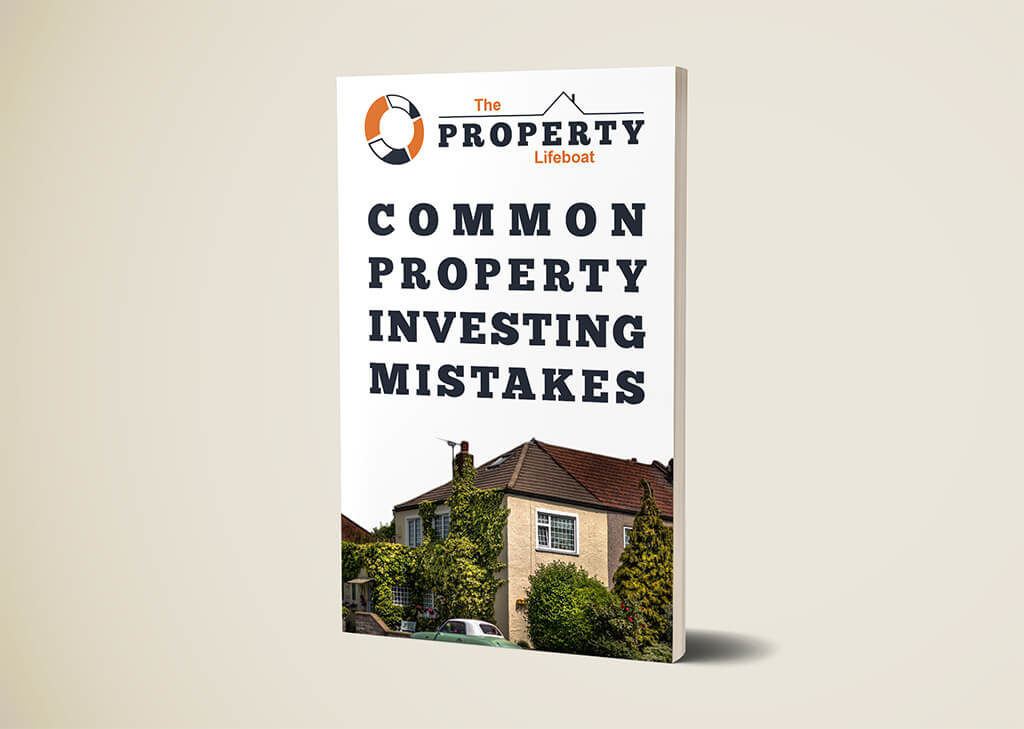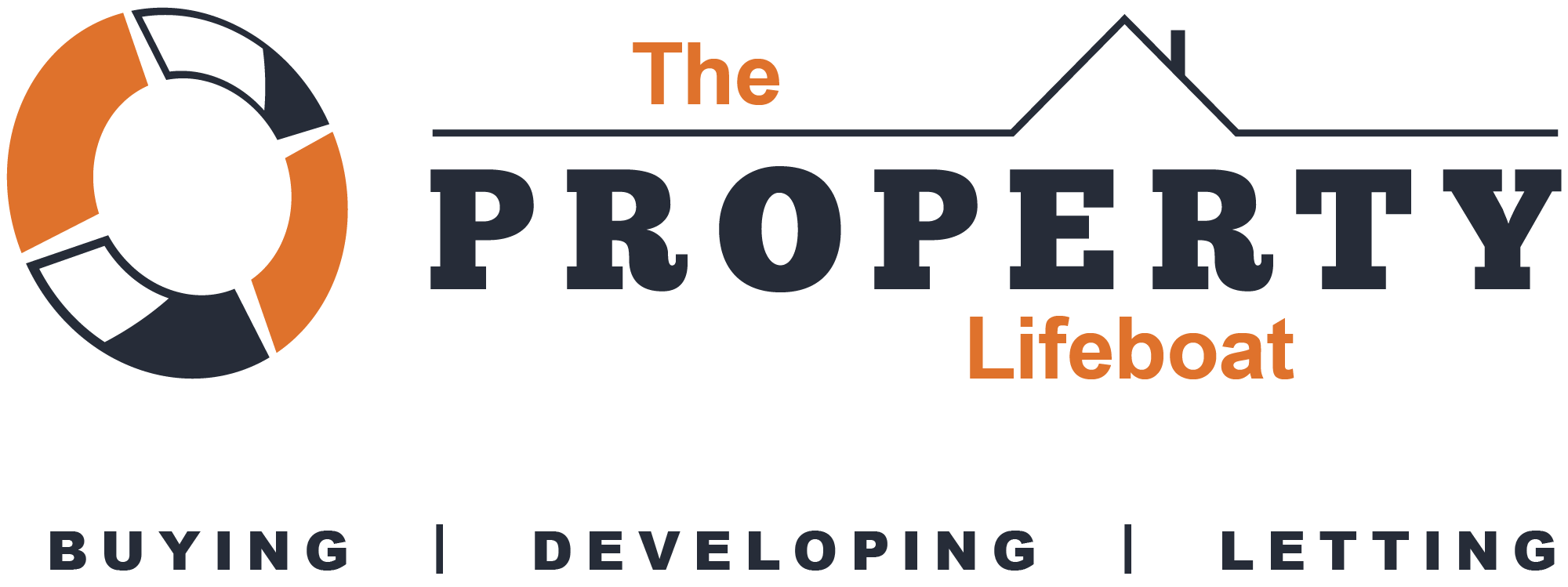
For many, buy-to-let investing looks an attractive income investment in a time of low rates and stock market volatility. But if you are considering investing in property – or improving your returns on a buy-to-let you already own – it’s important to do things right.
Buy-to-let may not be quite the hot property of the boom years between 2003 and 2008, but it has seen a resurgence in recent times. As an income investment for those with enough money to raise a big deposit buy-to-let looks attractive, especially compared to low savings rates and stock market volatility. But beware low rates. One day they must rise and you need to know your investment can stand that test.
Many investors who bought in the boom years before 2007 struggled as mortgage rates rose, a sizeable number were thrown a lifeline when the base rate was slashed to record low levels. Rates have now started to tick upwards albeit slowly.
Despite the potential for costs to rise, lower house prices, more tenants in the market, rising rents and improving mortgage deals started to tempt investors once more.
If you are planning on investing, or just want to know more, in this series of posts we will tell you the ten essential things to consider for a successful buy-to-let investment.
Like any investment, buy-to-let comes with no guarantees, but for those who still have more faith in bricks and mortar than stocks and shares, without further ado here is the first of our top ten tips.
Tip 1: Research the market
If you are new to buy-to-let, what do you know about the market? Do you know the risks, as well as the benefits?
Make sure buy-to-let is the investment you want. Your money might be able to perform better elsewhere. In previous years a high-rate savings account would beat most investments. Now rates are lower, but investing in buy-to-let means tying up capital in a property that may fall in value.
This compares to the possibility of a 5% annual return from an income-based investment fund or 1-3 per cent on a fixed rate savings account. Remember that the return from an investment in funds, shares or an investment trust through an Isa will see you paying a low rate of tax on income and getting capital growth tax free. You will also have the ability to sell up quickly if you want.
The flipside is that you cannot buy an unloved investment fund and set about renovating it and adding value yourself.
Investing in buy-to-let involves committing tens of thousands of pounds to a property and typically taking out a mortgage. When house prices rise – as they have been doing steadily in recent years – this means it is possible to make big leveraged gains above your mortgage debt, but when they fall your deposit gets hit and the mortgage stays the same.
Property investing has paid off handsomely for many people – indeed it is the cornerstone of own own business: The Property Lifeboat. It can be very profitable both in terms of income and capital gains but it is essential that you go into it with your eyes wide open, acknowledging the potential advantages and disadvantages.
If you know someone who has invested in buy-to-let or let a property before, ask them about their experiences – warts and all.
The more knowledge you have and research you do, the better the chance of your investment paying off. If you have any further questions then please get in touch with us. In addition if you require assistance managing your buy-to-let investment then you can find more information and assistance through our lettings agency Lifeboat Lettings.
FREE 'Common Property Investing Mistakes' guide.

We have created a free guide to help you get going on your property investment journey. This invaluable guide includes the most common property investing mistakes. The guide is completely FREE and you can claim your free guide by clicking here.

